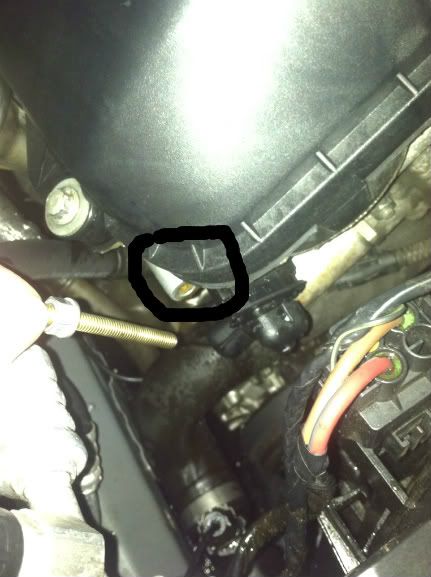Since I did my VANOS about 6 months back, I've had a stripped thread for one of the holes that are in the head. Here is a pic of the hole with the stripped threads inside:
Now, my question is.. can I use red loctite and put it on the threads of the stud and then place it in the hole? Ever since my VANOS job, I've put in and lost at least 2 studs. But they would thread in, and at some point while tightening the bolt on the end.. the whole thing would spin.
Terra said red loctite would work, but others that I've talked to said that I need to completely re-tap it and get a bigger stud. I'm iffy on that since the threads are in the HEAD of my engine, and I don't want to ruin that just yet.






 Reply With Quote
Reply With Quote








